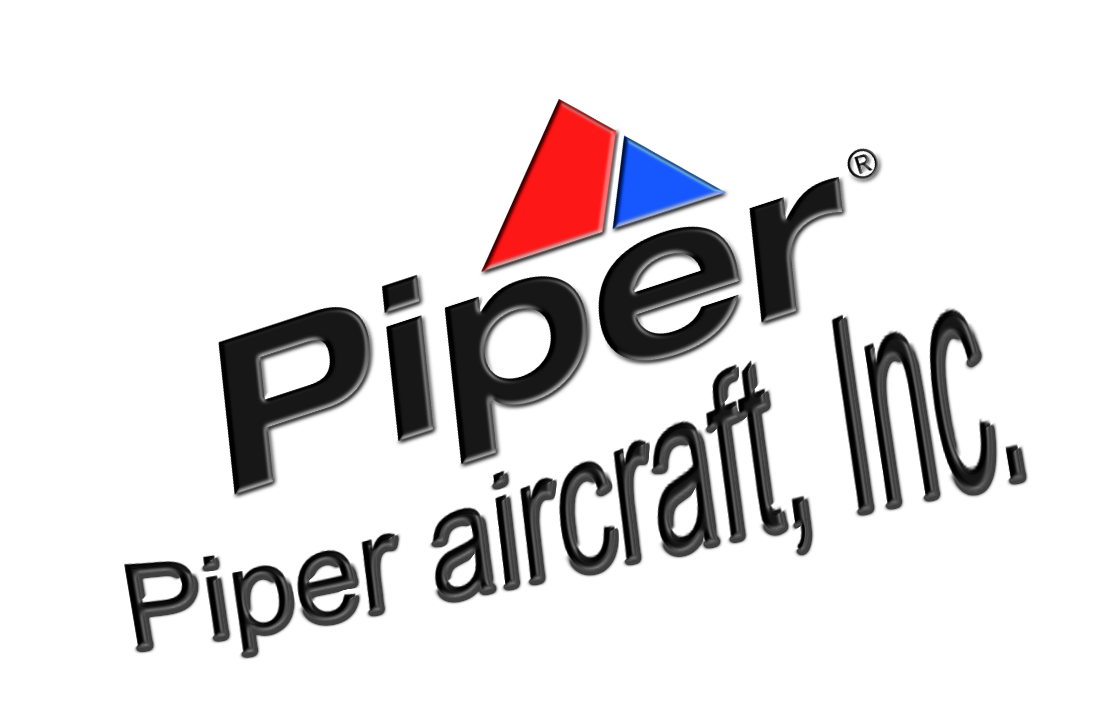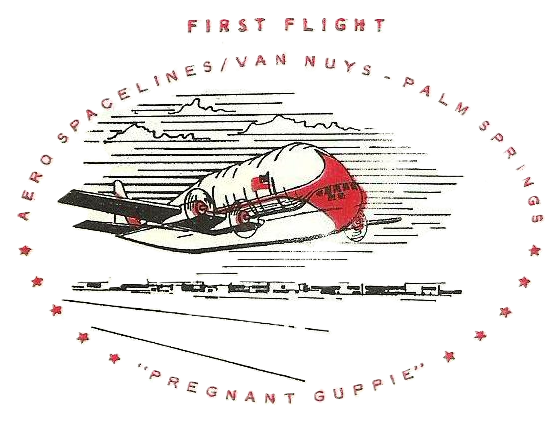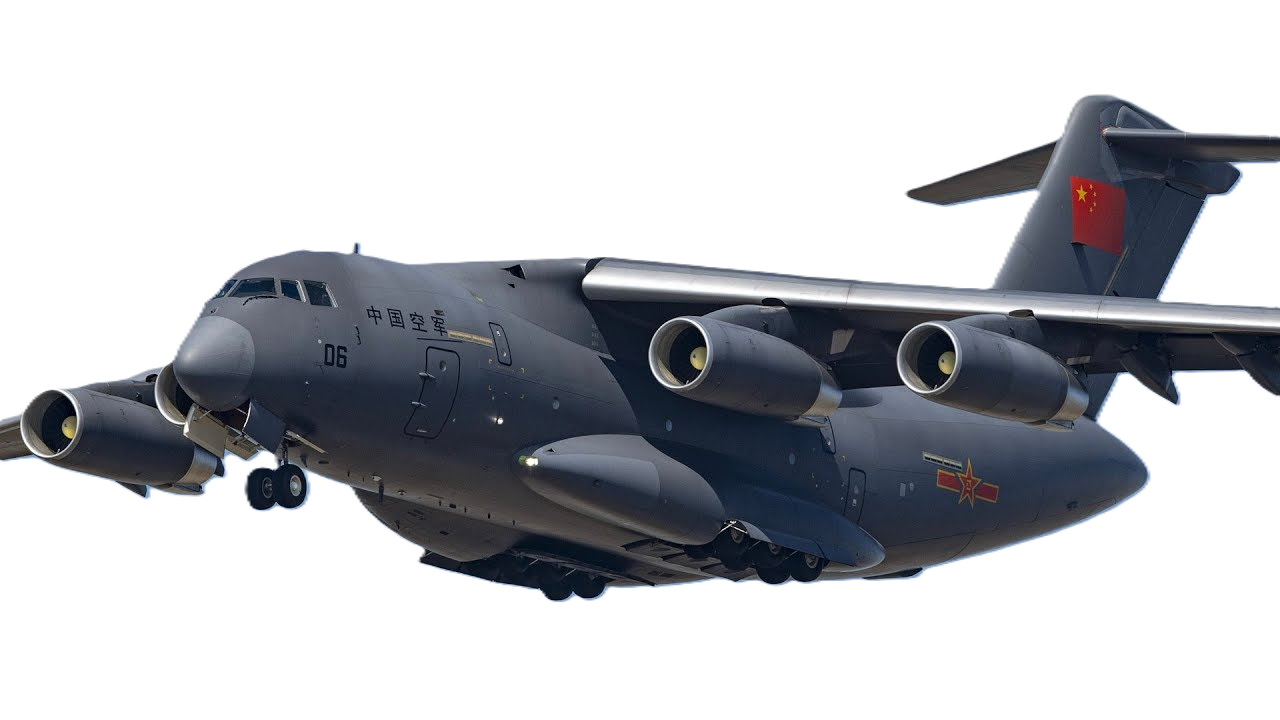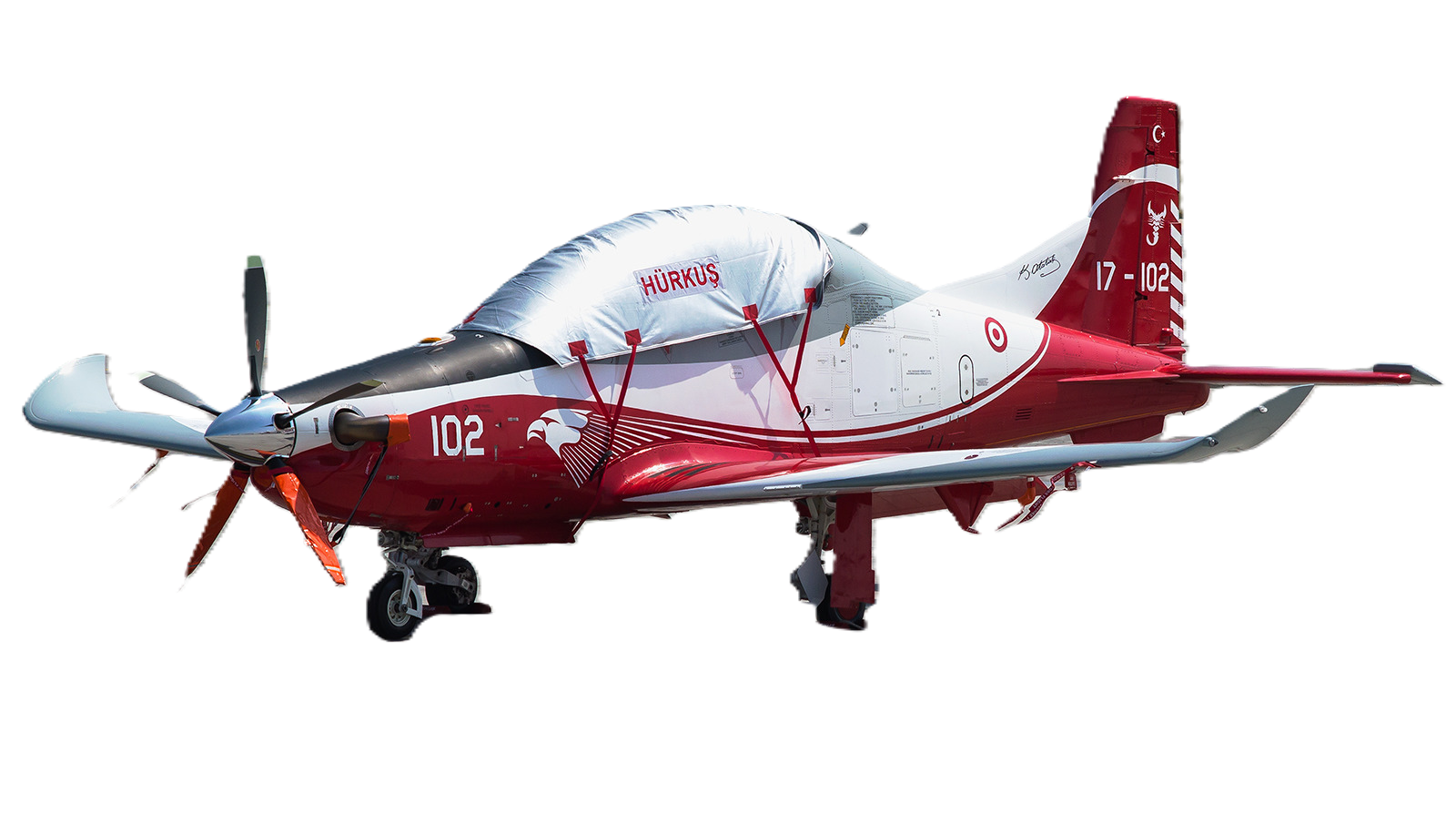.
History Saab AB (originally Svenska Aeroplan Aktiebolaget
Saab 90 Scandia
Manufactured 1946–1954

The Saab 90 Scandia was a civil passenger aeroplane, manufactured by Svenska Aeroplan Aktiebolaget (SAAB), in Linköping, Sweden. In 1944, as it was becoming clear that hostilities in Europe (the Second World War) would soon be at an end, SAAB realised that the company had to diversify from purely military endeavours if it were to survive. The board therefore decided to put into action a plan to manufacture a twin-engined, short- to medium-haul passenger aircraft, as a successor for the Douglas DC-3. (This was the same commercially driven stimulus that led to automobile production, with the Ursaab and subsequent Saab 92 passenger vehicles.)
Design and development

Development started in February 1944. Takeoff weight was specified at about 11,600 kg, with a range of about 1,000 km. The prototype Saab 90 (Scandia) first flew in November 1946. It was capable of seating 24–32 passengers, with low-speed capability. It was to be fitted with Pratt & Whitney R-2000 engines. It had a single nosewheel and fully retractable landing gear. ABA Swedish Airlines, a predecessor of SAS, ordered 11 examples. The Type certificate was issued in June 1950. Delivery started in October 1950 but, after testing, specification had changed to the Pratt & Whitney R-2180-E Twin Wasp E. Two Brazilian airlines (VASP and Aerovias do Brasil) also ordered a total of six aircraft. The prototype was subsequently converted to a luxury private executive aircraft for the Brazilian industrialist Olavo Fontoura...
Variants
- Saab 90A
- Twin-engined short-range airliner. Main production version.[]
- Saab 90B
- Proposed version. Not built.[
Former operators
Operators
- Adria Airways Switzerland
- Air France (operated by CityJet and Regional Airlines)
0
KmCeiling
0
KmMAX RANGE
0
Km/hAircraft Speed
0
Max Crew
Photo Gallery
Saab AB originally Svenska Aeroplan Aktiebolaget
Saab 90 Scandia
Manufactured 1946–1954


Saab AB Svenska Aeroplan Aktiebolaget
Saab 90 Scandia
Manufactured 1946–1954
General Info
-
-
- Crew: 3 + cabin attendant
- Capacity: 24 or 32 passengers / 10.7 m3 (377.9 cu ft) cargo underfloor
- Length: 21.3 m (69 ft 11 in)
- Wingspan: 28 m (91 ft 10 in)
- Height: 7.4 m (24 ft 3 in)
-
Powerplant
-
-
- Empty weight: 9,960 kg (21,958 lb)
- Max takeoff weight: 15,900 kg (35,053 lb)
- Fuel capacity: 2,000 L (530 US gal; 440 imp gal)
- Powerplant: 2 × Pratt & Whitney R-2180-E Twin Wasp E 14-cylinder air-cooled radial piston engines, 1,361 kW (1,825 hp) each (with water injection)
-
Performance
- Maximum speed: 450 km/h (280 mph, 240 kn) at 2,600 m (8,530 ft)
- Cruise speed: 340 km/h (210 mph, 180 kn) (normal cruise)
- Range: 2,650 km (1,650 mi, 1,430 nmi)
- Service ceiling: 7,500 m (24,600 ft)
Related development
.
Links to Youtube & Others
In June 2006, Pakistan completed the purchase of six Saab 2000 turboprop aircraft to be equipped with the Saab-Ericsson ERIEYE Airborne Early Warning system.
Saab 90 Scandia
Manufactured 1946–1954
Some smaller airlines, including Eastern Airways in the UK, have subsequently acquired 2000s at low cost.
Youtube Link
On 3 April 2008, the first Saab 2000 Erieye AEW&C was rolled out and presented to Pakistan Air Force officials during a ceremony in Sweden.











.png)


